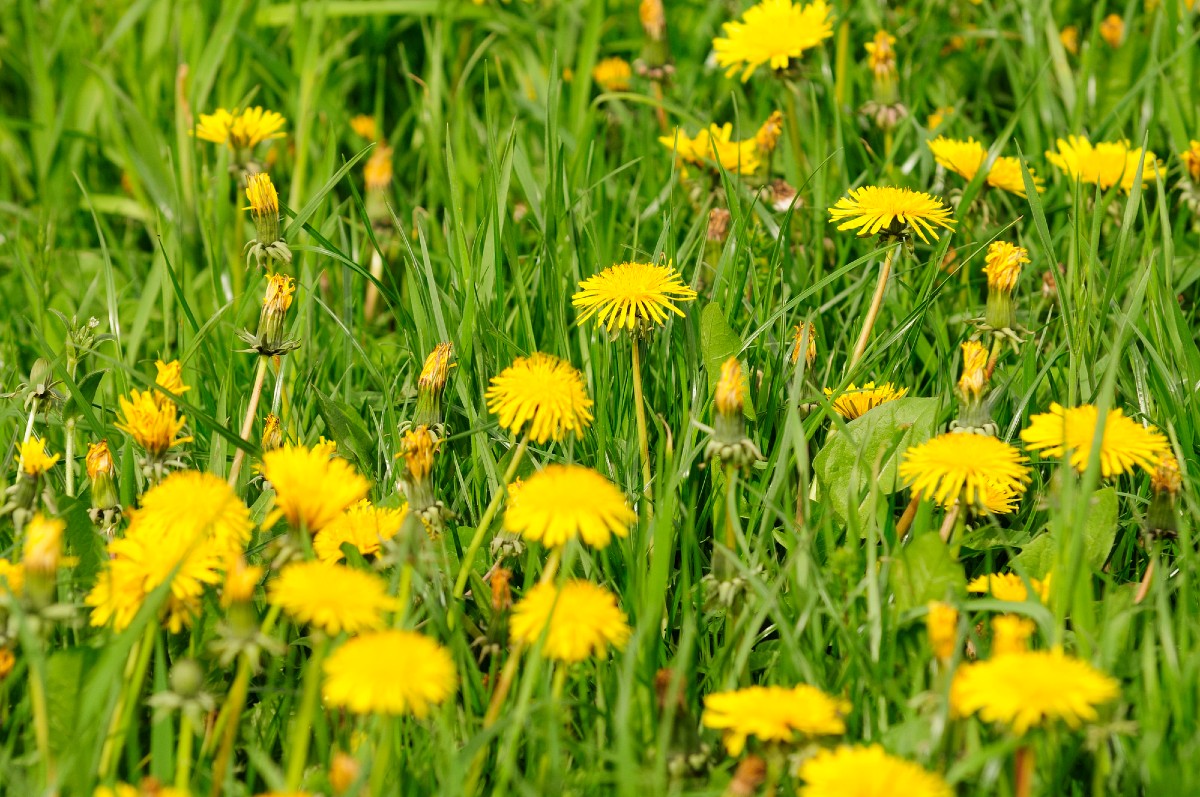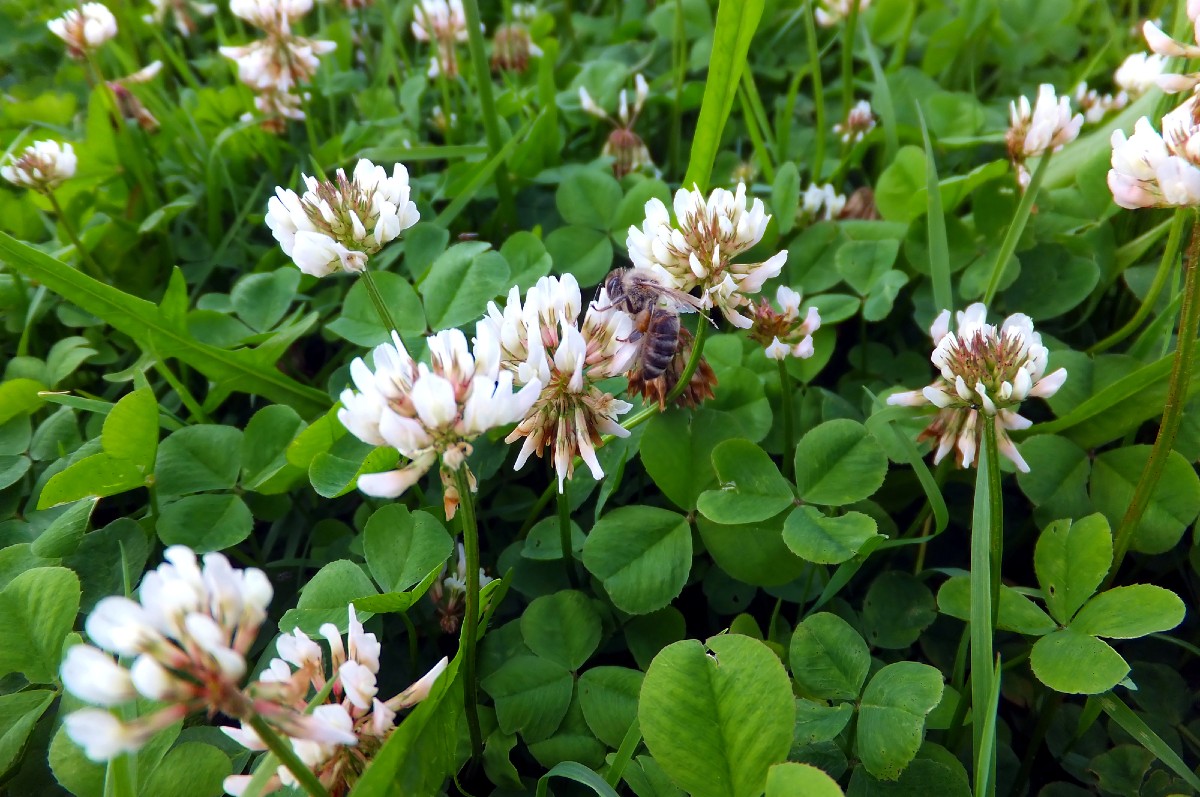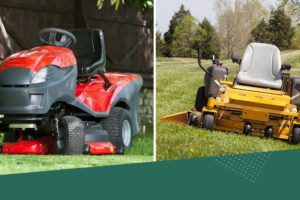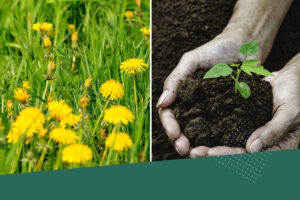When I started gardening, I thought weeds were just annoying plants I needed to pull out. But as I got more into it, I learned that these weeds can actually tell us a lot about the soil in our gardens.
Table of Contents
ToggleI found out that weeds aren’t just random plants; they’re clues about the soil’s condition.
For example, some weeds grow when the soil is too packed down, while others pop up if there’s not enough of a certain nutrient.
So by looking at what weeds are growing, I can get hints about how to make the soil better for the plants I want to grow.
Understanding Weeds: More Than Just Garden Nuisances
Weeds are often dismissed as mere annoyances in our gardens, but they’re actually much more than that.
These resilient plants can serve as indicators of our soil’s health and conditions.
By observing the types of weeds that thrive in your garden, you can gain insights into what your soil might be lacking or what it has in excess.
The Soil-Weed Connection
The connection between the weeds in your garden and the soil’s condition is quite revealing. Weeds don’t just sprout up without reason; they flourish in environments that meet their needs, providing clues about your soil’s health.
These natural indicators can show if your soil lacks certain nutrients or has an abundance of them. For example, a proliferation of dandelions might suggest compacted soil, while an abundance of clover could indicate a nitrogen deficiency.
Observing the distribution and dominance of different weeds can offer valuable insights, guiding you on where to concentrate your soil improvement efforts.
Understanding these signs not only helps you know which weeds to pull but also what steps to take to nurture a more conducive environment for your desired plants.
Common Weeds and What They Indicate
Different weeds can tell us specific things about our soil’s condition. Here’s a look at some common weeds and what their presence might be signaling about your garden soil:
1. Dandelions
These are not just a child’s flower or a nuisance in lawns; they often grow in compacted soil. If you’re seeing a lot of dandelions, it might be a sign that your soil needs aeration to loosen it up and allow roots to penetrate more deeply.

2. Chickweed
Thriving in fertile, nitrogen-rich soil, chickweed can indicate that your soil is quite nutritious. However, if chickweed is overtaking other plants, it might mean the soil is too rich in nitrogen.
3. Bindweed
Often found in poor or disturbed soils, bindweed can indicate that your soil might need enrichment or stabilization. Its presence can also suggest that the soil structure needs improvement.
4. Clover
If your garden has a lot of clover, it could be indicating that your soil is low in nitrogen. Clover is a nitrogen-fixer, which means it can take nitrogen from the air and add it to the soil, often growing in areas where nitrogen is scarce.

5. Broadleaf Plantain
This weed tends to pop up in soils that are compacted and hold moisture. If you’re seeing plantain, it might be time to improve drainage in your garden or consider aerating the soil.
Improving Soil Health Based on the Weeds in Your Lawn
Once you’ve identified what the weeds in your garden are trying to tell you, it’s time to take action and improve your soil health. Here’s how you can address some common soil issues indicated by weeds:
- Aerating Compacted Soil: If weeds like dandelions and plantain are prevalent, your soil may be compacted. Aerating the soil can help. This process involves creating small holes in the soil to allow air, water, and nutrients to penetrate deeper, helping roots grow more robustly.
- Balancing Soil Nutrients: Clover indicates a lack of nitrogen. You can address this by adding organic matter like compost or planting nitrogen-fixing plants. Conversely, if chickweed is abundant, your soil might have too much nitrogen. In this case, consider planting a variety of plants that can absorb excess nutrients or adjusting your fertilization routine.
- Improving Soil Structure: Bindweed thrives in poor soil structure. Adding organic matter can improve soil texture and nutrient content. Compost, aged manure, or leaf mold can enhance the soil’s structure, making it more hospitable for desired plants and less inviting for bindweed.
- Addressing Soil pH: Sometimes, the presence of certain weeds can indicate pH imbalances. If you suspect this is the case, testing your soil’s pH can provide clarity. Depending on the results, you may need to add lime to raise the pH or sulfur to lower it, creating a more balanced environment for your garden plants.
Conclusion
The weeds in your garden are more than just unwelcome guests; they are insightful indicators of your soil’s health. By understanding what different weeds can tell you about soil conditions, you can take targeted actions to improve your garden’s foundation. Whether it’s aerating compacted soil, adjusting nutrient levels, or improving soil structure, responding to the messages weeds provide can lead to a healthier, more vibrant garden.





